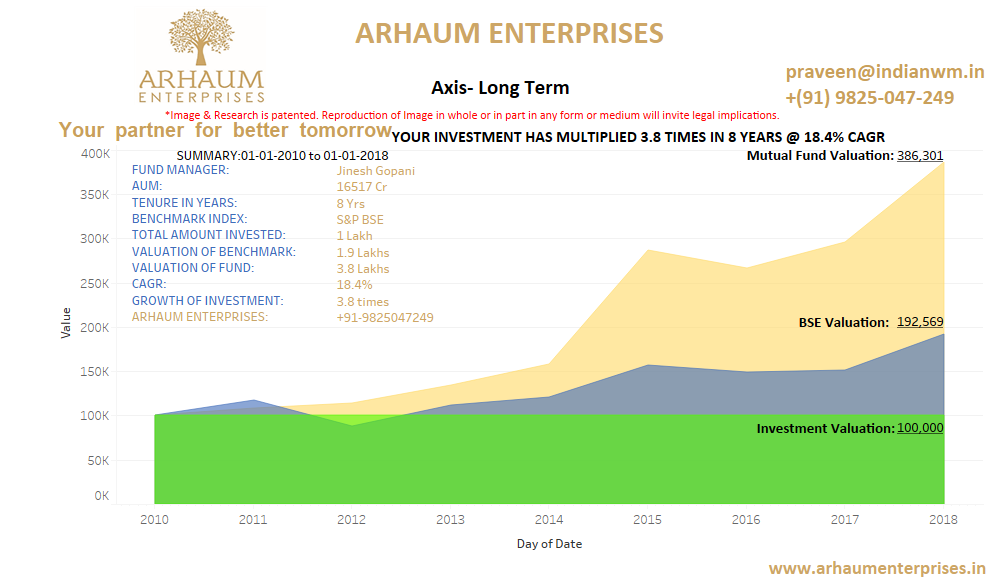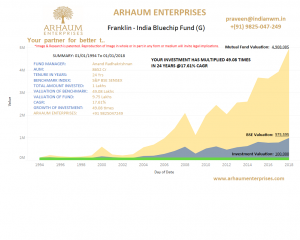Mr. and Mrs. Arora recently moved to their 3 BHK luxurious apartment in greater Noida. Although it is a premium property spread across 100 acre township (like a small city within a city, with school, hospital, super markets along with other amenities within the gated township property) but distance to office for Mr. Arora increased manifold as now he has to travel every day from Greater Noida to Noida through express highway.
With property prices going through the roof within the prime city areas, many new townships are coming up in peripheral areas, giving birth to new satellite towns, or corporates are shifting their offices to new suburbs due to modern facilities and lower rental. This is the story in almost every city, be it Delhi/NCR, Mumbai, Ahmedabad, Bangalore, Chennai or Pune. Although these new property developments give all the luxuries, commuting becomes a headache and increases the risk. Below are key findings about accidental deaths and injuries:
- 4,00,517 people died of accidental deaths in 2013, an increase of 1.4% over the year 2014
- About 1.2 million Indians were killed in car accidents over the past decade
- On average one every four minutes, while 5.5 million were seriously injured
(Source: National Crime Records Bureau (NCRB) for 2013, Media reports published in the year 2014.)
Above statistics says all about accidental risks. Now the Life insurance gives protection against death, both natural or accidental, but does not provide cover for accidental injuries & medical bills as well as any kind of financial loss suffered due to permanent or partial disability.
What is personal accident policy and what does it cover? As the name suggests, it covers accidental
As the name suggests, it covers accidental death and also provides for financial loss due to disability. It may so happen that even after hospitalization, an individual has to go through medical treatment and rest at home, losing on regular monthly income. Personal accident policy comes in handy in such cases, where policy holder gets reimbursed for the loss of income due to permanent or partial disability.
Lets say a person fractures his leg in an accident. A PA policy cannot get your leg back in the same healthy state, but it can cover your financial losses that you might suffer as a result of losing your mobility, suffering a disability that affects your earning capacity or even loss of work arising from your accident.
So the basic objective of personal accident policy is to support policyholder in case of financial loss due to permanent or partial disability apart from death. It’s important to understand the terms and conditions clearly before you buy a policy. For example, hospitalization benefit can be availed of only if the policyholder is admitted within seven days of the accident, and is hospitalized for at least 24 hours. A fractured leg is a temporary disability, and if you have taken a cover against it, your policy will pay a weekly sum of 5,000 for up to two years. However, this weekly cash benefit is paid only if you are unable to go to work and the payment starts only 60 days after the accident. One also has to submit proof, including a doctor’s certificate for the disability that prevents one from attending work.
Personal accident cover can be bought either as a rider to your life cover or as a standalone policy. it is always sensible to buy a separate personal accident policy rather than taking accident rider. It is beneficial on the aspect of more features at may be lesser cost. With annual premium of around Rs. 1500 one can buy basic PA cover of around Rs. 10 lakhs. For any PA policy it is imperative that it covers basic eventualities like death, permanent total disability, permanent partial disability.
Critical Illness Cover:
Medical bills are rising. Medical inflation in India is as high as 15-17%. Even a single day hospitalization can be a burden on your wallet. Imagine the cost of medical treatment for any critical illness like cancer, stroke or bypass surgery.
Critical illness cover provides you shield against any such eventualities. Basic difference between a health plan and critical illness cover is that normal medical insurance is an indemnity plan, whereas critical illness is a benefit plan. In a sense, medical insurance cover reimburses actual expenses incurred on medical treatment, while critical illness gives entire amount of cover on diagnosis of a particular critical illness.
There is a standard list of critical illnesses, which are covered under each policy. So it is advisable to check the list of critical illnesses covered, & other terms and conditions. Amount of insurance to be taken depends on individual’s age, profession and family history among other things, but coverage of at least Rs. 5 lakh is recommended.

The above graph shows the ladder approach to your insurance portfolio, where basic term plan and health insurance become pillar of any insurance planning. One should think about adding personal accident cover and critical illness only after these two types of insurance needs have been fulfilled.
Always remember that these products are for specific purpose and can not substitute basic health insurance. An individual can look at these plans once basic health cover is in place, just as one uses toppings on a pizza to make it fulfilling.




